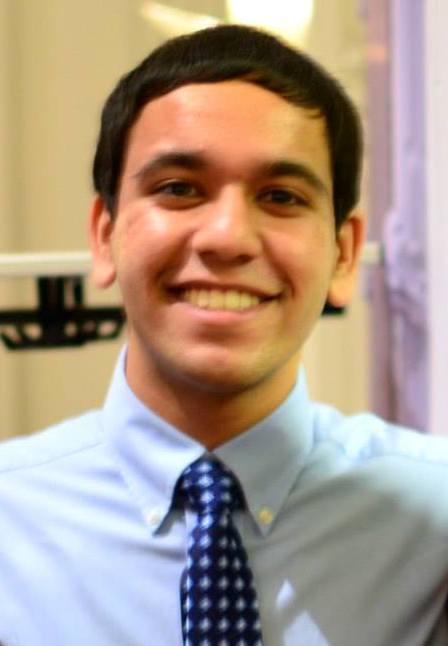Nishant Uppal
Year: First
Major: Biomedical Engineering
Hometown: Jeffersonville, Ohio
What is your biggest goal for USG in the 2014-2015 Academic Year?
My goal for USG is to develop an internal mechanism through which the caucus system, including speakers, secretaries and representatives, is more deeply connected to the Executive Committee and to the General Assembly as a whole.
Other campus positions outside of USG:
Phi Delta Epsilon, Undergraduate Indian Students Association, Civic Center for Engagement and Learning Scholars Program
Prior USG experience / initiatives undertaken
First-Year Representative for Storrs; Speaker of the First-Year Caucus; Member of the Academic Affairs Committee. Initiatives include work-life balance, freshman resource awareness.
What is the biggest issue you see your position having to face? How do you specifically plan on tackling it?
The most difficult problem that faces the Vice President of Academic Affairs is ensuring that every member of the Academic Affairs Committee feels invested in improving the academic success of undergraduate students. To cultivate this personal investment, I plan to continue the initiative system that is currently in place, and restructure meetings to provide USG representatives on the Academic Affairs Committee with more support to allow them to accomplish their initiatives.
What are your views on the role of the SAGES program in a CWRU education? What challenges does the program face with growing class sizes?
The SAGES program was developed to improve students’ written and oral communication skills. Today, it also functions as an opportunity for students to explore a subject outside of their major in depth. In order to provide the personal instruction necessary to foster these communication skills, SAGES classes were designed to be relatively small in size. However, with the number of students growing faster than the number of professors, SAGES courses may need to increase their classroom capacity. By doing so, less personal instruction might be available for each student, perhaps leading to difficulties in developing students’ communication skills.
What role should Mediavision play in learning? Would you like to see a more widespread use of it?
Mediavision is a supplemental learning tool for students. Currently, it has two major purposes: It allows students who attend class to review material presented in lecture and it affords students who were unable to attend class the opportunity to learn the material that was presented in lecture. However, Mediavision is currently provided only for large lecture-based courses. In this regard, I would like to see the use of Mediavision extended to SI sessions and classes that have more than 50 students. By extending Mediavision as such, students would have even more opportunities to enhance their learning and succeed academically.


